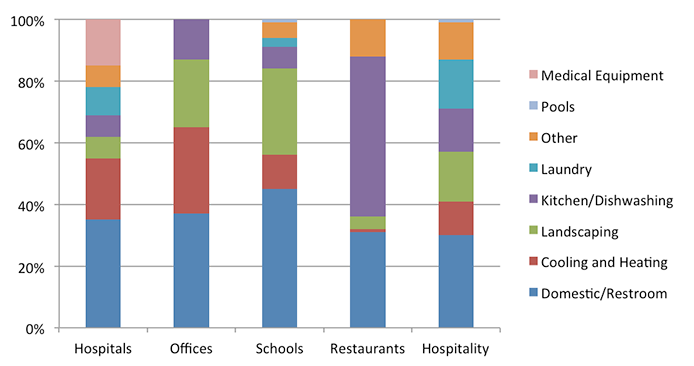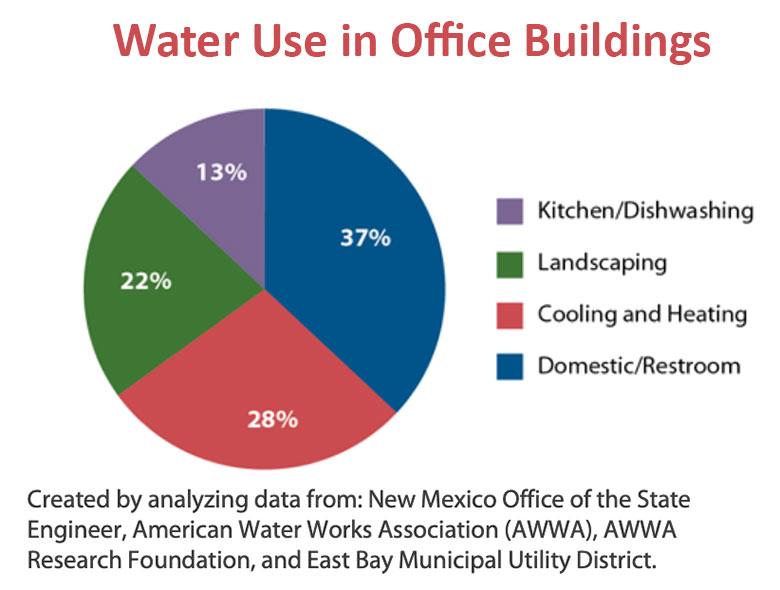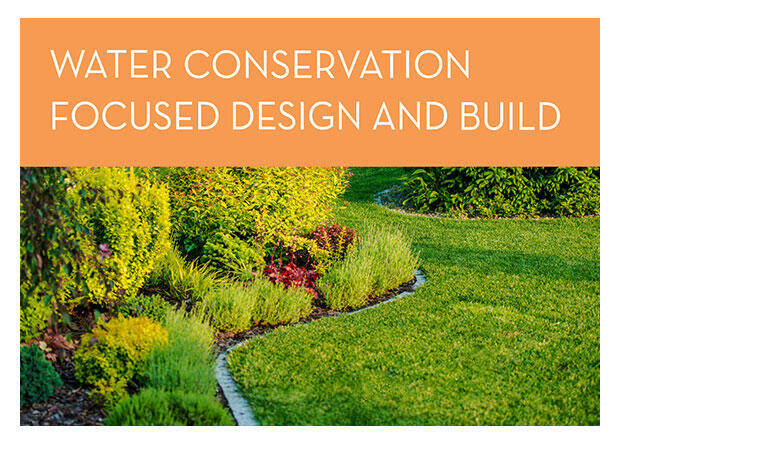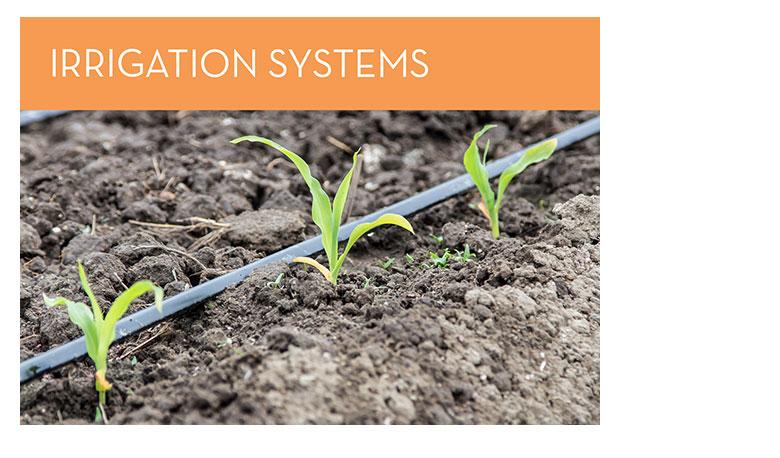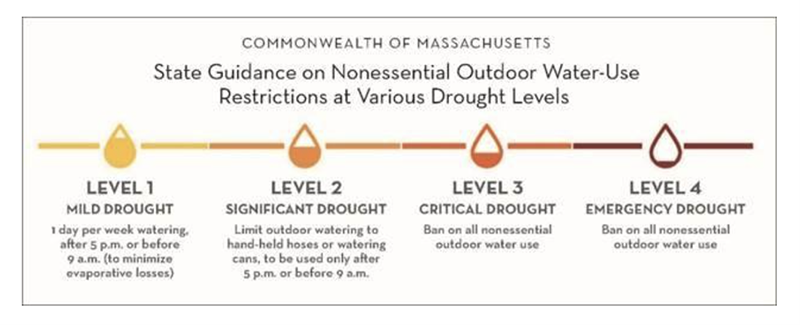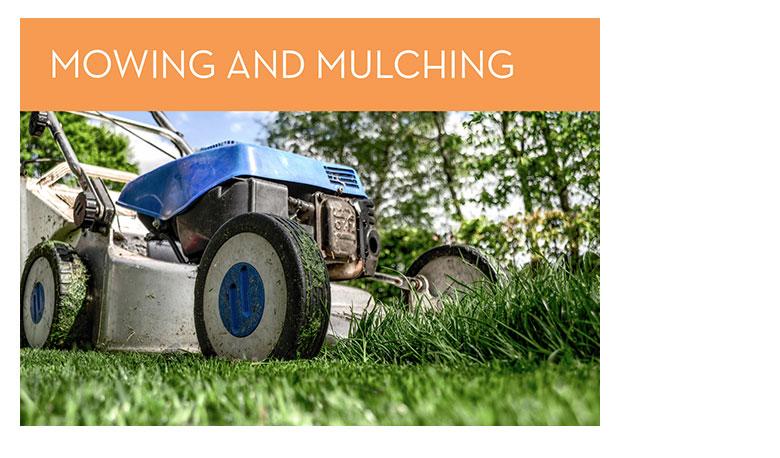According to the EPA, outdoor water use can account for 5-30% of a facility’s total water use. That’s why it’s important that commercial and institutional properties include outdoor water conservation as part of an overall water conservation plan.
Golf courses can also make a difference in local water availability by managing water usage in accordance with best water conservation practices. For a comprehensive guide to golf course water management and conservation best practices, consult the United States Golf Association (USGA) principles and recommendations.
A basic landscape water conservation plan should take into account:
Design
Effective outdoor water conservation begins with landscaping that is designed according to local soil and climate conditions. The design should limit clearing and preserve as much natural vegetation as possible.
Build
Soil preparation is key to water efficiency as it ensures absorption by thirsty root systems and minimizes run-off. Topsoil should not be stripped off during landscape construction. Rototill soil to a depth of at least 6 inches to loosen the soil and allow roots to grow deep. Use cultural and fertilization practices that increase water infiltration, reduce runoff, reduce leaching, eliminate waste of water, encourage extensive root growth and maximize efficiency of plant water uptake. Use organic or organic-based fertilizers whenever possible and avoid pesticides that destroy beneficial organisms such as earthworms that naturally fertilize and aerate soil.
Innovative practices and approaches that can be incorporated into a water-friendly landscape design include rainwater harvesting, porous pavement and bioretention areas in parking lots, and green roofs.
Local commercial professional landscapers are most likely familiar with the types of trees, shrubs and plants that are drought tolerant and will grow well in your microclimate. Those species native to New England and Massachusetts in particular will do best in our climate.
The Right Plant, Right Place plant selection guide created by the University of Massachusetts provides a list of trees, shrubs and plants for designing a water conservation friendly landscape.
Commercial irrigation systems that are not properly designed, installed or maintained can place an unnecessary burden on local water availability. Inefficient practices that waste water include watering in the middle of the day when evaporation is highest, sprinkler heads that are aimed at hardscaping, and simply applying more water than lawns, plants and shrubs need.
For best results, make sure your irrigation system is designed, installed, and audited by professionals with the appropriate certification: https://www.epa.gov/watersense/irrigation-pro.
Fixed-spray irrigation is best suited to turf grass. Drip or micro-irrigation systems deliver water more efficiently to plants other than turf grass. Watering turf deeply and less frequently uses water most efficiently while encouraging strong, healthy roots. Irrigation systems should be timed accordingly and during the hours of the day when temperatures are lowest - typically early morning and evening. This will minimize evaporative water loss. Always comply with local watering restrictions.
During a drought or extended period of dryness, follow state guidance for limiting nonessential outdoor water use:
For more information on irrigation systems and technologies, consult:
Simple mowing techniques will help conserve water while promoting lush, healthy turf. Keep grass at a height of 2 to 3 inches to deepen roots and help shade the soil and leave the grass clippings on the lawn as a natural mulch. As they decompose, they will return nutrients to the soil.
Spreading mulch around the base of trees and shrubs will help the soil retain water while also adding nutrients to the soil and minimizing weed growth.
Don’t forget to publicize your efforts!
By placing signage in landscaped areas that identifies them as water conservation friendly, you will build awareness for your organization’s sustainability efforts.
If you implement a green roof or rain harvesting program, invite employee participation to help grow a water conservation culture and community.
